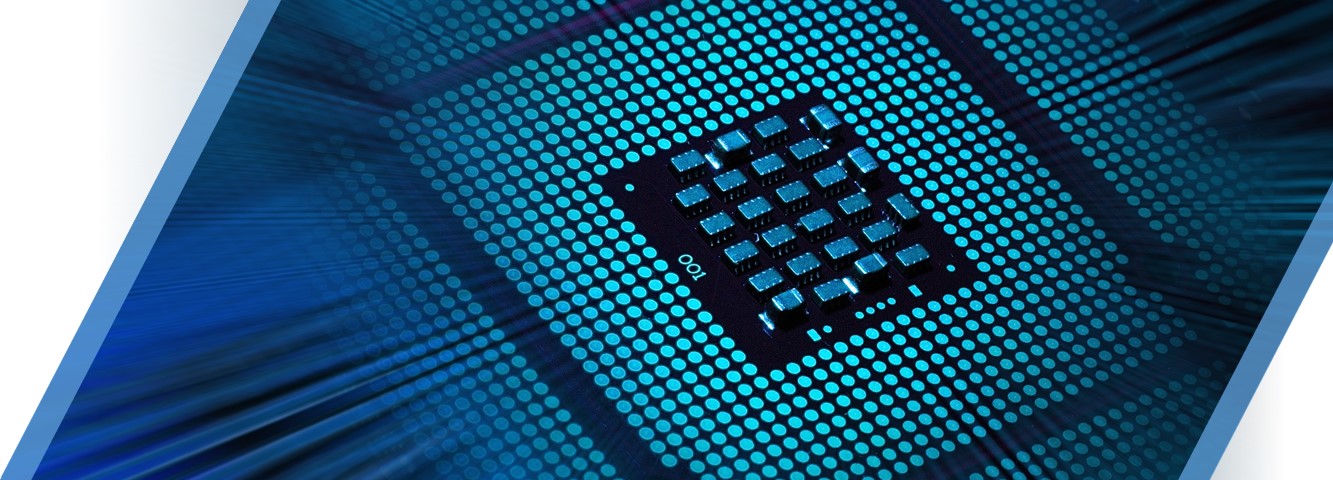Dinsmore's Richik Sarkar: Thriving in Intel's New Ecosystem Requires Immediate Action
September 5, 2023 – Analysis As Intel Corp. aims to establish a robust foothold in Ohio and the northeast part of the state, a ripple will undoubtedly run throughout the region’s industrial and economic waters.
As Intel Corp. aims to establish a robust foothold in Ohio and the northeast part of the state, a ripple will undoubtedly run throughout the region’s industrial and economic waters.
With a supplier network of approximately 140 entities and existing ties to Northeast Ohio stalwarts such as Nordson, Parker Hannifin and Swagelok, Intel’s integrated approach is noteworthy. But beyond the mere convenience of local connections over international logjams lies a broader narrative.
Intel’s move into central Ohio promises to be a catalyst for companies across the state, potentially sparking the creation of a dedicated semiconductor ecosystem. Companies need to know their business well and understand how Intel does things to make the most of this unprecedented opportunity.
Businesses have an excellent opportunity to participate in the Intel ecosystem. To capitalize on the opportunities, there are things they need to do and understand, which involves reaching out to your legal team for guidance.
• Logistics and transportation: Moving raw materials in and finished goods out would boost the demand for packaging, trucking, shipping and other transportation services.
• Local manufacturing suppliers: If there are local suppliers of materials or equipment that Intel needs, these companies could see increased business.
• Service providers: Local services like maintenance, cleaning, security and IT support could experience growth.
• Real estate and construction: Building or expanding facilities could create opportunities for local construction firms, agents and related services.
• Utilities: Increased demand for water, electricity and other utilities might benefit local providers.
• Retail and local businesses: An influx of Intel employees (and possibly their families) can mean more customers for local shops, restaurants and entertainment venues.
These entities will be entrusted with transforming Northeast Ohio into a semiconductor hub, necessitating R&D incentives, specialized training programs and a robust marketing strategy to position the region as a semiconductor nexus.
In addition to knowing what they can do for Intel, companies must become experts in how Intel does business. Specifically, Intel uses AI, blockchain and smart contracts in various ways to manage its supply chain. Like many companies, Intel uses AI to predict product demand up to 18 months in advance. Similarly, it uses blockchain to track the movement of its products from the factory to the end user.
Finally, Intel employs its version of smart contracts to automate the payment of suppliers. This helps ensure that suppliers are paid on time and, in total, improves their financial health and makes them more reliable partners. Intel is also exploring using AI, blockchain and smart contracts in other areas of its supply chain, such as quality control, efficiency improvements, risk management and sustainability.
These technologies can potentially revolutionize the way supply chains operate, and Intel is at the forefront of this innovation. To be an optimal partner, Northeast Ohio companies must deploy these tools so Intel can achieve its goals.
Northeast Ohio must also recognize that Intel has set a goal of doubling its spending with diverse suppliers to $2 billion annually by 2030. This includes spending $500 million annually with women-owned suppliers outside the U.S. by 2025 and $800 million annually with minority-owned suppliers globally by the end of 2023, including $250 million with Black-owned suppliers.
To achieve these goals, Intel provides a variety of resources and information:
• Training and resources to help diverse suppliers meet their standards and compete for contracts by providing access to its supplier diversity network.
• Publishing annual reports on its supplier diversity progress and hosting events to raise awareness of the importance of diversity in the supply chain.
• Partnering with organizations like the National Minority Supplier Development Council (NMSDC) and the Women’s Business Enterprise National Council (WBENC).
As a result of these efforts, Intel has seen a significant increase in its spending, with minority- and female-owned businesses growing their spending from $1 billion to $1.8 billion between 2000 and 2022.
Yet, the above paints only half the picture. The imminent ecosystem requires a sophisticated legal framework to thrive and should begin with the following: educating businesses about the legal issues they need to be aware of, such as the regulatory environment for the semiconductor industry; intellectual property protection; employment law; supply chain law; data privacy and cybersecurity law; antitrust and competition law; e-commerce, AI and blockchain law; international trade law; and more.
The legal community must be both a guide and a guard, helping semiconductor businesses navigate the complex legal maze while upholding the broader interests of the business ecosystem. More importantly, it can help clients improve their operations and understand how Intel conducts its business.

